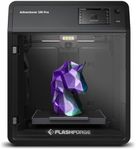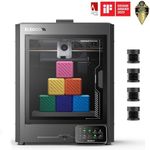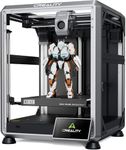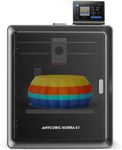Best 3D Printers
From leading brands and best sellers available on the web.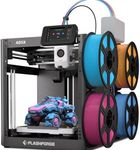
FLASHFORGE
25%OFF
Flashforge Adventurer 5X 3D Printer with Multi-Color Printing,Customize with IFS,AD5X Multi-Material/Full-auto leveling 3D Printer,Max Speed: 600mm/s,Auto 4kg Filament Refill,Compact Integrated Design
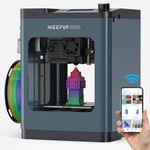
WEEFUN
Tina2 Plus 3D Printer, WEEFUN 250mm/s High Speed FDM 3D Printers Fully Open Source, Auto Leveling Mini 3D Printer with WiFi Cloud Print, Fully Assembly 3D Printers for Beginners, Office, Home, School
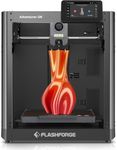
FLASHFORGE
22%OFF
FLASHFORGE AD5M 3D Printer Fully Auto Calibration Print with 1-Click Max 600mm/s Speed, All-Metal CoreXY Structure Precise Printing, Easy-Maintenance Quick-Swap Nozzle, Print Size 220x220x220mm
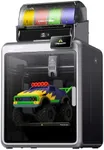
Creality
Creality K2 Pro Combo 3D Printer, Multi Color 3D Printing with CFS Dual Al Camera 600mm/s High-Speed Auto-Leveling Creality 3D Printer Build Volume 11.81x11.81x11.81inch K2 Pro Combo (A)
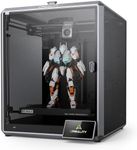
Creality
7%OFF
Creality K1 Max 3D Printer Official, 600mm/s Max High-Speed 3D Printers Large Printing Size 300x300x300mm with Auto Leveling, Dual Cooling, Smart AI Function, 32mm³/s Flow Hotend and Out-of-The-Box
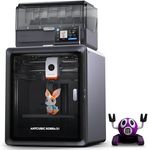
ANYCUBIC
30%OFF
ANYCUBIC Kobra S1 Combo 3D Printer, Drying and Printing in One, Stunning 4-8 Color, 600mm/s Ultra-Fast Multicolor Printing, Suitable for All Major Filaments, Print Size 250 x 250 x250 mm

WEEFUN
16%OFF
WEEFUN Updated TINA2S 3D Printer, Ultra Silent Mainboard with WiFi Cloud Printing, Mini 3D Printer with Heatable PEI Platform, Auto Bed Leveling DIY 3D Printers with Resume Printing, Fully Open Source
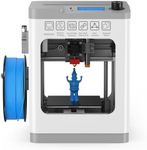
WEEFUN
19%OFF
WEEFUN Upgraded Tina2 3D Printer, Auto Leveling DIY 3D Printers for Beginners, Fully Open Source with Resume Printing, LCD Screen and Removable Magnetic Build Plate, Work with PLA/PLA Pro/TPU Filament
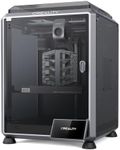
Creality
11%OFF
Creality K1C 3D Printer, 600mm/s Fast Speed Clog-Free Extruder Auto Leveling 3D Printers with AI Camera for 300°C Printing,Switchable Silent Mode Reliable Carbon Fiber 3D Printing 220*220*250mm(Black)
